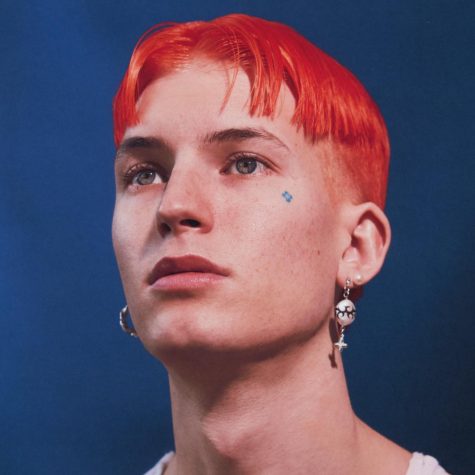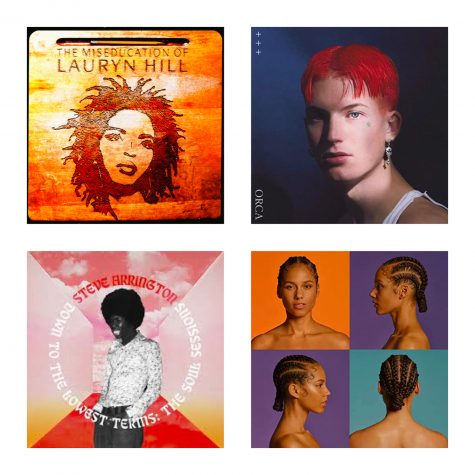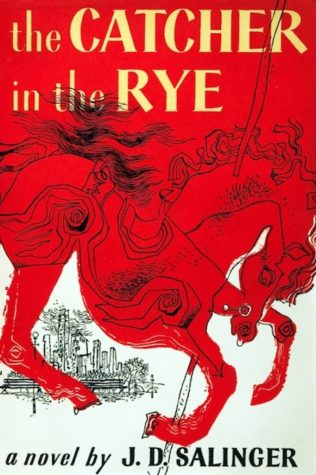J Balvin Offers a Pop of Joy with “Colores”
March 25, 2020
J Balvin’s “Colores” has finally been released, and it is truly a pop of color during the dark times we are facing during the current coronavirus pandemic.
Balvin never fails to pleasantly surprise listeners. While he is classified as a reggaeton artist, his sound cannot be easily identified. Each of his albums has a distinct sound. “Energía” is lighthearted, “Vibras” is romantic and soft, “OASIS” is an album full of summer anthems and now “Colores” is another experiment of the senses, presenting what J Balvin associates with each color and what that sounds like.
Music streaming service Spotify aids Balvin in his artistic image by providing listeners with intricate art and commentary by Balvin himself accompanying each song. Rather than an image of the album cover on the screen, an animated J Balvin takes up the screen, and his facial expressions match the feeling that the real Balvin is trying to express in the song.
“Amarillo” starts the album off, a collaboration with DJ Snake and Afro Bros. The song’s dance beat is layered with what sounds like distant traditional trumpet playing. Overall, it is a bright and fun song matching its color: yellow.
“Azul” is a personal favorite of mine. With the same classic reggaeton beat, but a softer tune, J Balvin pays more attention to his vocals. It’s cool blue. There is no rap or breaking the tune as he does in other songs, and what most reggaeton artists are expected to do. This is what separates J Balvin as a reggaeton artist: his high attention to detail regarding vocals.
This is heard again in “Rojo,” red, a color that Balvin says is passion, love and pain. His commentary on Spotify explains that the significance of “Rojo” is that he wants to make a reggaeton song that connects the whole world, and how else to connect the world than by reaching our universal feelings.
“Rojo” was released earlier as a single with a jaw-dropping emotional music video of the ghost of J Balvin still caring for his wife and their daughter. The video and words are powerful, highlighting the utter devotion you have for the ones you love. But “Gris” is emotional in a different way. It tells the story of a man trying to prove his devotion to his girl and ease her jealous anxiety. Balvin’s commentary of “Gris” is that it hurts, and he expects many people to connect with the song. Its tune, lyrics and his voice, along with the sweet melody, make it one of the best songs on the album.
J Balvin is fantastic at openly expressing emotion and making hits out of sweet and sad songs, but he shot to fame from making dance music, and while essentially every song on this album can be danced to, the ones made for it are unbelievably good.
The somewhat dark, electronic, haunting and hypnotizing song that is “Arcoíris,” or rainbow, is the best song on the album. You can envision laser lights flashing to the electro tune. It sounds like something that would play in a John Wick movie as Keanu Reeves stealths through a crowd to find his enemy. As Rolling Stone explored in an article, the song is inspired by Afro-Caribbean music: hints of “Chan Chan” by the Buena Vista Social Club can be heard.
“Verde” features Sky Rompiendo, who Balvin describes as his right-hand man in music. Its beat and music are like “Morado,” where you cannot help but move. Both are classic reggaeton hits.
“Negro” truly is dark like black. It is the roughest and gloomiest song on the album. “Blanco” matches its tone. The album ends with “Blanco” and its message of Balvin being “Made in Medellín”. Balvin explains that the song is called “white” because in Medellín where he started, he was a blank, white canvas.
After releasing yet another different sound, one may wonder where Balvin may head next, but he already has made it clear with his history that it will be in another direction, while still staying true to his roots.












If you want a picture to show with your comment, go get a gravatar.